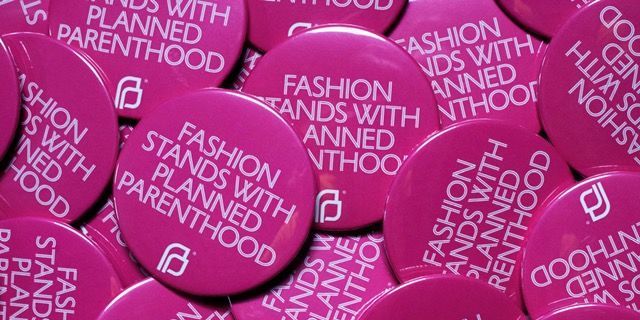For the uninitiated, women’s fashion can be intimidating. Trends shift overnight, neon is either ’80s-retro-chic or like, ew, depending on whom you ask, and there’s a budding renaissance in floral prints, thanks to something called a Downton Abbey. And that’s before you even get into the epaulettes (a folk/indie band all the hipsters are into?), Betsey Johnsons (maker of the first American flag?) and infinity scarves (think about it too hard and your head might explode).
Confusing? Maybe. But the women’s apparel market is huge—$621 billion by 2014, according to MarketLine’s 2012 Womenswear: Global Industry Guide study—and to miss out on your piece of the prêt-à-porter pie would just be so passé. So what are you waiting for? Get selling with the following guide to what to watch for in promotional women’s wear.
FOLLOW TRENDS
“Technical knit tops and activewear are prevalent in current women’s apparel,” explained Mabel Kwok, director of design & merchandising for Lenexa, Kansas-based Ash City USA. “Active jackets and fashionable fleece pieces are trending this season because of the convenience of layering.” Kwok listed performance, functionality, stretch and comfort as the hottest women’s apparel trends, making it unlikely that activewear sales will slow down any time soon. “Activewear is a dominant trend that doesn’t seem to be going anywhere,” she said. “Now that activewear designs have innovative silhouettes, technology features and vibrant color selections, women are more comfortable taking their active looks outside their fitness regime.”
And then you’ve got T-shirts. Sure, they’re always in style, but that doesn’t mean you can pitch a bunch of unisex white undershirts and call it a promotion—you have to know what’s popular in retail stores. “Observing today’s T-shirt trends, we see flowy, boxy, high-low hemlines, dolmans, neon colors and off-the-shoulder styles are just a few retail-style trends that currently have influenced the decorated apparel industry,” said Ivy Mai, marketing associate for Kavio!, Commerce, Calif.
AVOID CROSSOVER AND COMPLEMENT STYLES
It might come as a surprise, but the biggest thing women want in apparel is stuff designed for women. That means complement styles and features typically associated with men’s wear are out, and the feminine look is in. “Ladies prefer a more flattering silhouette and dislike restricted and formal polo collars,” Kwok noted. “Feminine and unique styles with functional fabrics are a must. Women tend to prefer breathable, comfortable and easy-care fabrics.” Joe Bunsness, vice president of sales, Western U.S. for Ash City, added that women’s corporate wear, in particular, has been a trouble area, as too often women’s corporate styles are modeled after men’s versions. “Tailoring garments to a woman’s silhouette is essential in satisfying the ladies’ apparel niche [of women] who want to look like women, not women in men’s clothing,” he said.
OFFER OPTIONS
Basic T-shirts are a go-to for promotions not only because they’re affordable and easy to decorate, but also because, well, customers don’t necessarily know they have other apparel options. Make sure your client knows what’s available. “By providing a number of various basic tees and fashionable T-shirts/tops that feature diverse fabrications, textures and colors, it contributes to a wider collection of styles for our consumers to gain a multitude of innovative styles to consider as compared to traditional T-shirts,” Mai explained.
Meanwhile, Kwok recommended starting off with basics, then expanding your product offering once you’ve built clientele. “Then, offer an assortment of more fashionable items with an abundant selection of knits, sweaters, woven shirts and jackets,” she suggested.
LISTEN TO FEEDBACK
If you’ve ever confused a cheongsam for a chemise, you already know how important it is to keep up with trends and understand fashion lingo. Still, that will only get you so far if you don’t know your customer. “You must listen and engage with your users because their feedback will be a key element to understand not only your product, but also what your consumers are looking for,” Mai said.



